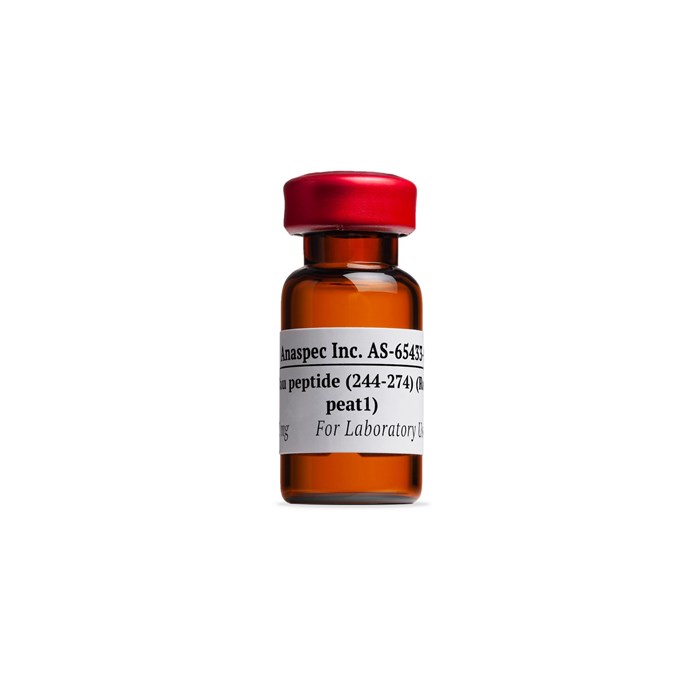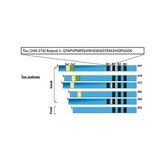Tau peptide (244-274) (Repeat1 domain) - 1 mg
- Cat.Number : AS-65433-1
- Manufacturer Ref. :
-
Availability :
In stock
TAU proteins belong to the microtubule-associated protein (MAP) family and are involved in the pathogenesis of Alzheimer’s disease. In the human brain, there are six TAU isoforms ranging from 352 to 441 amino acids in length. These isoforms vary at the carboxyl terminal according to the presence of either three repeat or four repeat domains (R1-R4), in addition to the presence or absence of one or two insert domains at the amino-terminus. Tau Peptide (244-274) is a 31-amino acid long peptide derived from the Repeat 1 domain.
Specifications
| Chemistry | |
| Sequence one letter code |
|
|---|---|
| Sequence three letter code |
|
| Molecular Formula |
|
| Molecular Mass/ Weight |
|
| Modification | |
| Conjugation |
|
| Quantity & Purity | |
| Purity |
|
| Storage & stability | |
| Form |
|
| Storage Conditions |
|
| Activity | |
| Biomarker Target | |
| Research Area | |
| Sub-category Research Area | |
| Usage |
|
| Source | |
| Source / Species |
|
Downloads
You may also be interested in the following product(s)
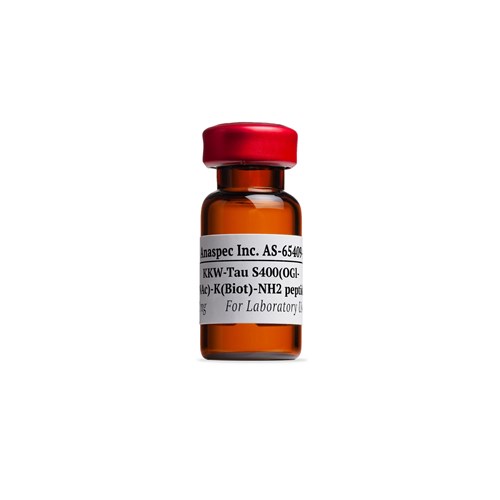
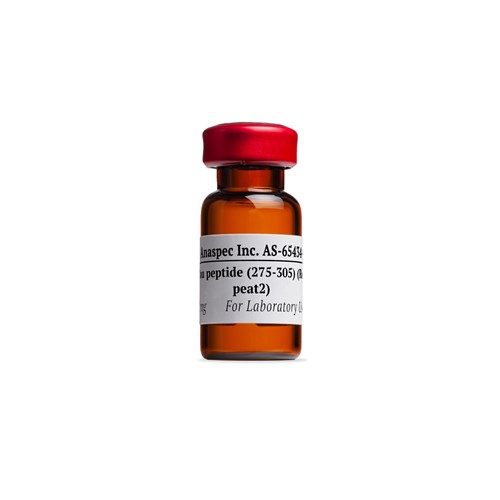
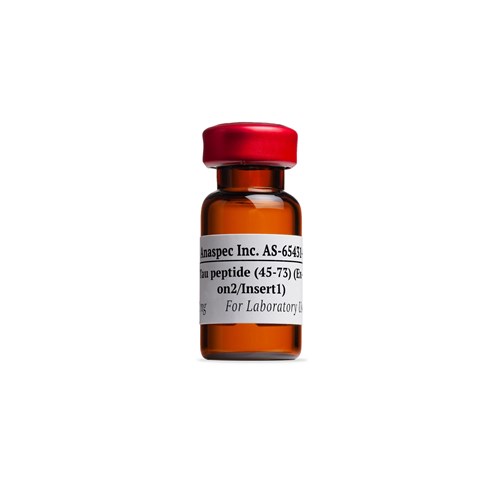
References
Domains of tau protein, differential phosphorylation, and dynamic instability of microtubules.
Mol Biol Cell . 1995 Dec 01 ; 6(12) 1887 | DOI : https://doi.org/10.1091/mbc.6.12.1887
- B. Trinczek
- et al
Tau protein isoforms, phosphorylation and role in neurodegenerative disorders
Brain Res Rev . 2000 Aug 01 ; 33(1) 95 | DOI : https://doi.org/10.1016/S0165-0173(00)00019-9
- L. Buee
- et al
